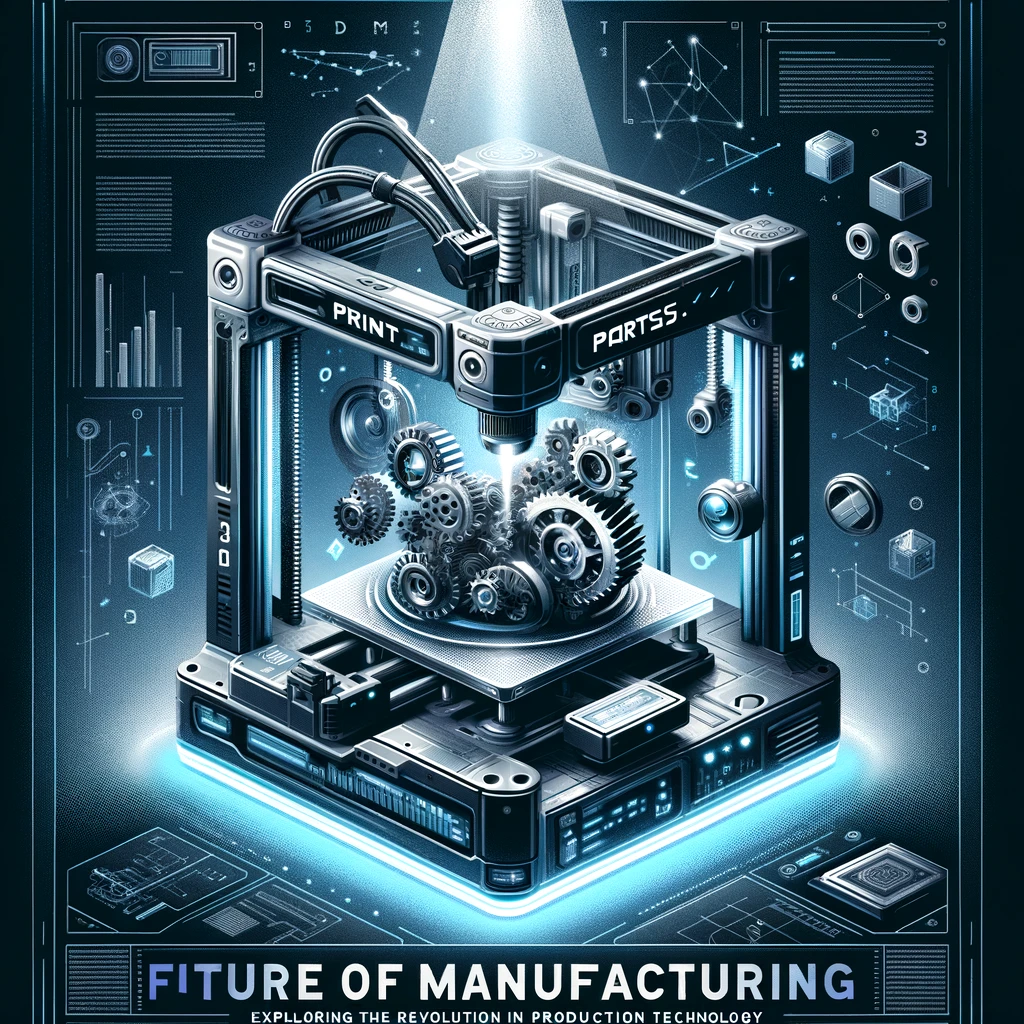O que é impressão 3d?
- Tawan da arte Nascimento
- Nov 6, 2023
- 2 min read
3D printing, also known as additive manufacturing, is a technology that has been transforming the way we produce objects, from small customized parts to complex machine components. Unlike traditional manufacturing methods that often involve cutting and carving materials, 3D printing constructs objects layer by layer, adding material only where needed.
This process begins with a digital design. Using 3D modeling software or scanners to digitize an existing object, one can create a detailed model of the desired item to be printed. This model is then digitally sliced into thin layers, creating a file that the 3D printer can interpret.
The material—which can range from plastics to metals and even organic composites—is then deposited layer by layer. In 3D printers using extrusion technology, the material is heated until it becomes semi-fluid and is extruded through a fine nozzle, solidifying upon contact with the air or the building platform.

Beyond extrusion, there are other methods like stereolithography, which uses lasers to cure liquid resins, and selective laser sintering, which fuses metal powders with a laser to form solid objects. Each of these methods has its own advantages, depending on the type of part being produced and the material used.
3D printing offers several advantages over traditional manufacturing methods. As it is an additive process, there is less waste of material, which can be particularly important when working with expensive or exotic materials. It also allows for greater design complexity without significantly increasing cost, which is difficult to achieve with subtractive methods.
Moreover, additive manufacturing enables mass customization. Each printed part can be different from the last, allowing for specific customizations for individual needs without the requirement for specific tools or molds. This opens up new possibilities in fields like medicine, where implants and prostheses can be custom-made for each patient.

Production speed is another advantage. Prototypes and models can be produced much more quickly than with conventional methods. This speeds up the product development cycle, allowing for rapid iterations and the ability to test concepts at very early stages of the design process.
However, 3D printing also presents challenges. The surface quality of printed parts often cannot compare to that achieved with traditional manufacturing processes and may require post-processing to achieve the desired finish. Moreover, while costs are decreasing, 3D printing can be expensive for large-scale production compared to methods like injection molding.
The technology is constantly evolving, with new materials and techniques being developed continually. 3D printing is not only transforming manufacturing but also challenging our way of thinking about design, distribution, and product ownership, promising a future where production can be more localized, personalized, and sustainable.






Comments